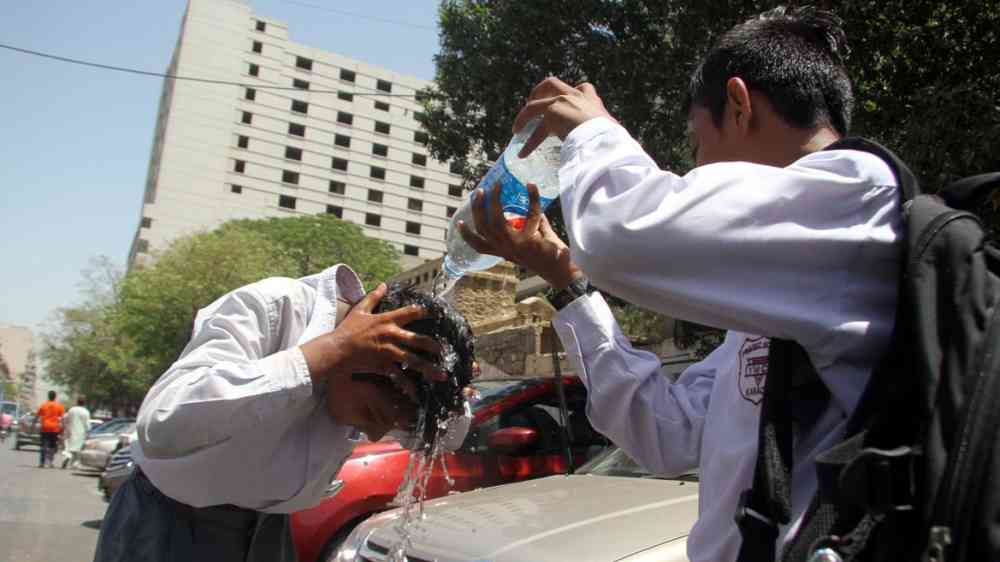Sizzling Cities: Planning for urban heat resilience in South Asia

South Asia is bracing for yet another hot year. Pre-monsoon temperature records were shattered again in 2023 by the hottest February recorded in India since 1901, along with the hottest day in Dhaka, Bangladesh in 58 years last month. As shown by last year’s heat waves that affected over 1 billion people in India and Pakistan, the region’s acute vulnerabilities to rising temperatures and frequency, duration, and intensity of extreme heat events pose a climate challenge to deal with now, rather than in the distant future.
The replacement of trees and vegetation with asphalt and concrete for buildings, roads, and other structures, along with waste heat from cars, factories, and air conditioners, result in metropolitan areas that are up to 20 degrees Celsius warmer than surrounding suburbs and rural areas in South Asia. Large thermal inequities exist within cities, with effects of extreme heat disproportionately borne by low-income and vulnerable urban populations, including children, informal outdoor workers, and people who do not have access to air conditioning and green/blue spaces. As cities in South Asia expected to welcome more than 200 million new residents (or about the entire population of Pakistan) by 2030 and with most of the urban infrastructure of 2050 yet to be built, policymakers in the region need to plan for a progressively both urban and warmer future.
Our recent policy brief, Urban Heat in South Asia: Integrating People and Place in Adapting to Rising Temperatures, evaluates the current state of the knowledge of and plans to manage urban heat in South Asia. Heat in South Asian cities is analyzed through the different layers of the urban environment: buildings, communities, and cities. The human element is added with the exploration of different population groups that are vulnerable to urban heat and particularly relevant for the region’s economic development and poverty alleviation: children, informal workers, and residents of informal settlements. The policy brief ends with three region-specific recommendations, along with a conceptual framework, for planners and policymakers, to enhance urban heat resilience in South Asia.
First, further data are required to adequately identify, manage, and monitor South Asia’s urban heat risks. Satellite data are not sufficient in providing an accurate representation of the thermal conditions being experienced throughout urban areas of the region. Systematic data collection and analysis are required to understand urban microclimates and actual temperatures experienced, especially in different indoor environments and varying times across the day, and to identify heat-vulnerable environments and populations within each city.
Second, integrating people and place in future heat management efforts will involve addressing both social and spatial vulnerabilities based on not only heat risk factors, such as building density, materials, and access to green/blue spaces, but also demographic and socioeconomic determinants, such as income, age, education, gender, health, and social isolation.
Finally, At the city level, this will involve embedding urban heat resilience in building codes, zoning, and land-use regulations, with a focus on heat-resilient affordable housing, schools, public buildings, and transit infrastructure.
Heat poses a growing and inequitable threat to cities in South Asia. Cities in the region should integrate people and place in managing the acute and chronic impacts of urban heat by better understanding heat risks; garnering the necessary human, technical, and financial resources; and embedding urban heat resilience into planning and development processes.